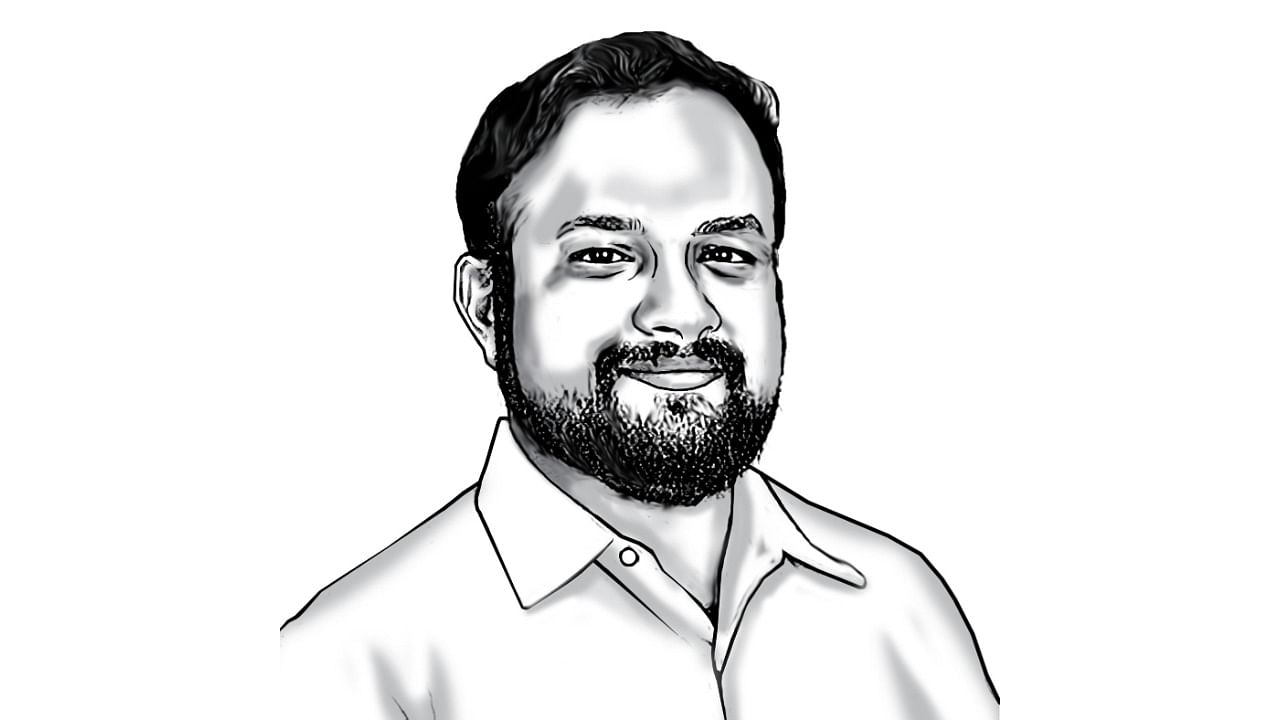
Alok Prasanna Kumar Co-founder, Vidhi Centre for Legal Policy, uses his legal training to make the case that Harry Potter is science fiction and Star Wars is fantasy.
Credit: DH Illustration
A Chief Justice of Pakistan and a German jurist played vital, but unsung, roles in saving India’s Constitution. This is how they did it.
Alvin Robert Cornelius was an Anglo-Indian Roman Catholic who was also a strong proponent of Pakistan and went on to become Chief Justice of Pakistan in the 1960s. 1962 saw Pakistan adopt its second Constitution in as many decades of its existence.
As CJ of Pakistan, Cornelius was faced with a very problematic political case. All laws, including constitutions, have a clause which allows the President (or the government) to make minor changes to the law to make its implementation easier. However, in Pakistan’s case, the then President Ayub Khan issued an order under this provision to amend the Constitution to allow his chosen ministers to continue to be Members of Parliament (which was not allowed by the then Pakistan Constitution).
Cornelius struck down this particular order as being unconstitutional but while doing so, he affirmed the powers of the court to strike down such attempts to fundamentally alter the Constitution itself. While he didn’t use the word ‘basic structure’, he affirmed the power of the judiciary to have the final say on whether an amendment to the Constitution was allowed or not.
This particular judgement did not go unnoticed in India. Justice Mudholkar referred to it in his dissenting judgement in Sajjan Singh v State of Rajasthan in 1964. Cornelius’ logic appealed to Mudholkar -- how could a body set up under the Constitution, and authorities who take an oath to protect that Constitution, be allowed to fundamentally change the Constitution itself? However, Justice Mudholkar was only expressing doubts about the majority’s judgement saying that there were no limits to the power of Parliament to amend the Constitution. There was another source which challenged this uncontrolled power of Parliament to amend the Constitution.
Dieter Conrad, a noted German jurist, was invited in 1965 to deliver lectures at Banaras Hindu University on constitutional law. He was asked to speak on “implied limitations’’ on the power of Parliament to amend the Constitution. This was a topic of particular resonance in India in 1965 -- in its 15-year existence until then, the Constitution had been amended 17 times, largely to address the issue of property rights standing in the way of undertaking land reforms.
Conrad, as a German scholar, started by asking some provocative questions: Could Parliament amend the Constitution to abolish the right to life and liberty? Could it impose Mughal or British Imperial rule on the country?
Conrad was speaking from a very particular context -- the debates that happened in Germany over the Weimar Republic constitution and how it had been effectively abrogated by Hitler’s Nazi regime. He pointed to Article 79(3) of the West German Constitution which contained express limitations on the power of Parliament to amend the Constitution. Even though the Indian Constitution did not have such a provision, Conrad argued that it also implicitly imposed limitations on the power of amendment.
Conrad’s argument was first used by lawyer M K Nambyar in the Golaknath case in 1967 before the Supreme Court to argue that the Supreme Court can strike down amendments to the Constitution which seek to tamper with fundamental rights. This line of argument was not accepted by the SC. Nani Palkhivala again used Conrad’s article before the 13-judge bench in the Kesavananda Bharati case in 1973. In this judgement, the Supreme Court agreed with Conrad’s idea that there were implied limitations to the power to amend the Constitution and used Cornelius’ logic to come up with the ‘basic structure’ doctrine which the SC has used to strike down some of the worst amendments to the Indian Constitution.
There is a debate whether it was Cornelius or Conrad who had a greater role in the shaping of the idea of the ‘basic structure’ doctrine. To me, both had an equal influence. Conrad asked a controversial question, and Cornelius had an answer. Conrad came from a country that had seen the Constitution junked using the Constitution itself. Cornelius came from a country that had had two Constitutions in two decades and struggled to put in place constitutional rule. The seeds of their ideas were scattered wide, but found fertile ground in India, took root in Indian minds, and eventually sprouted as one of the most important constitutional principles that has helped save the Indian Constitution – so far.